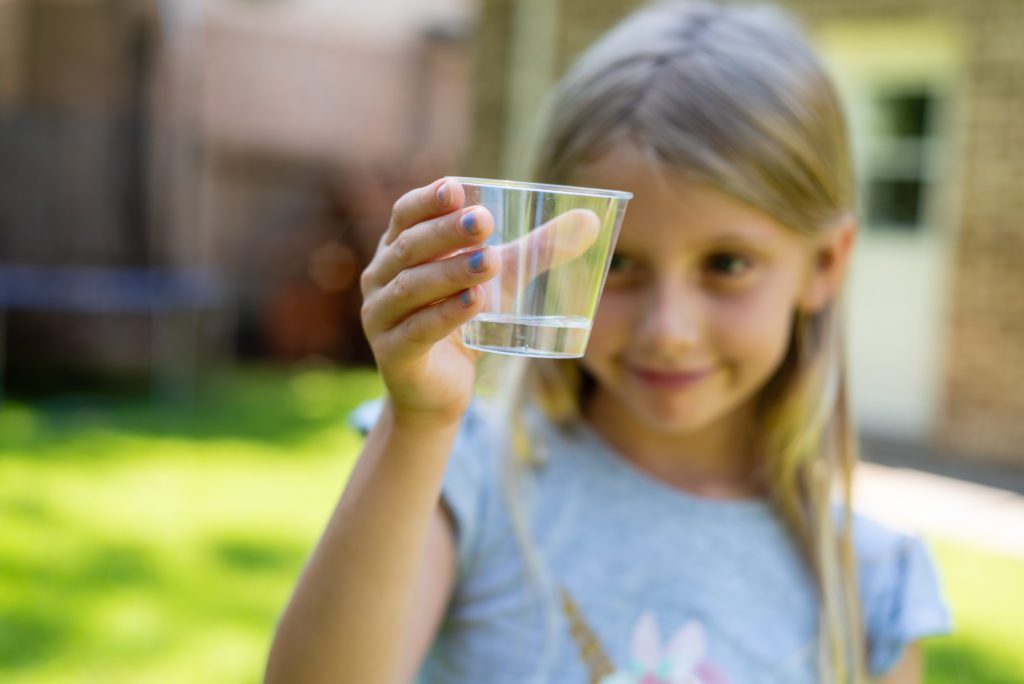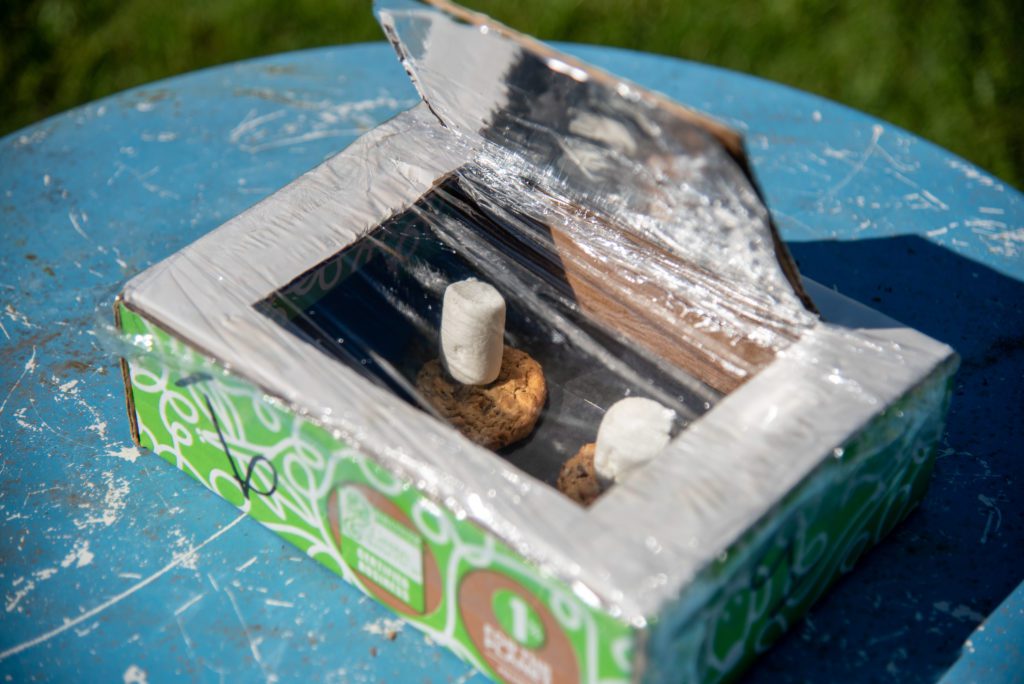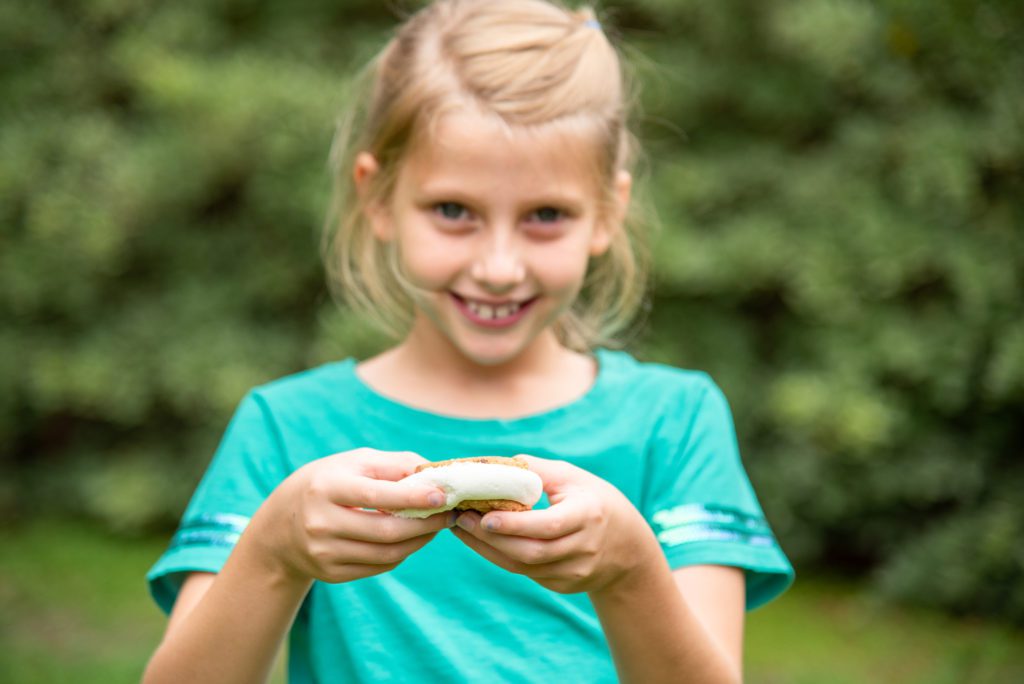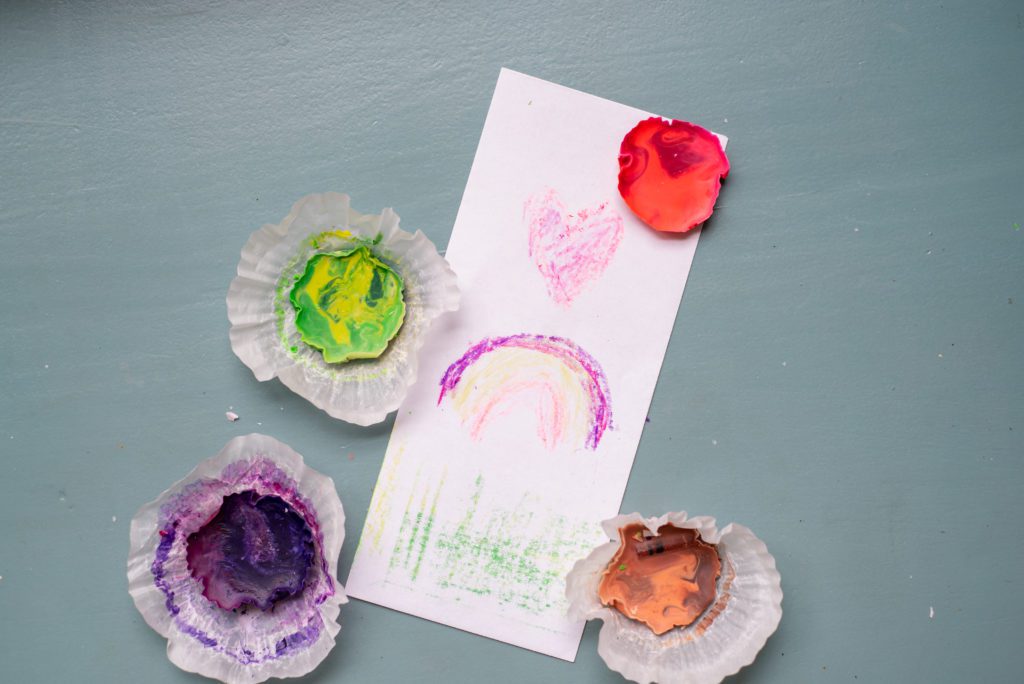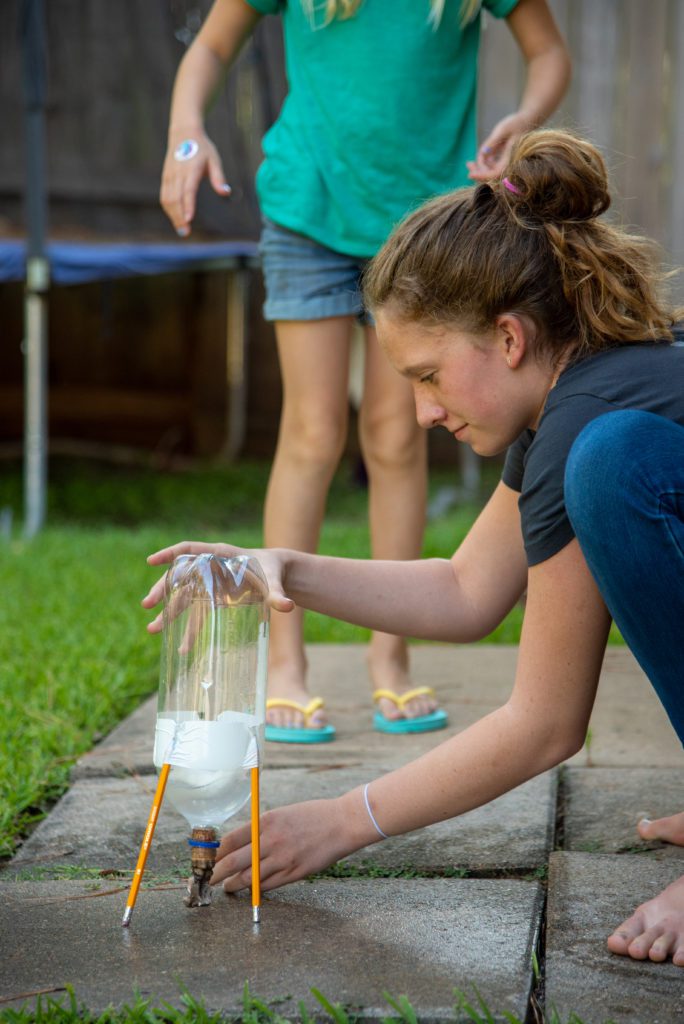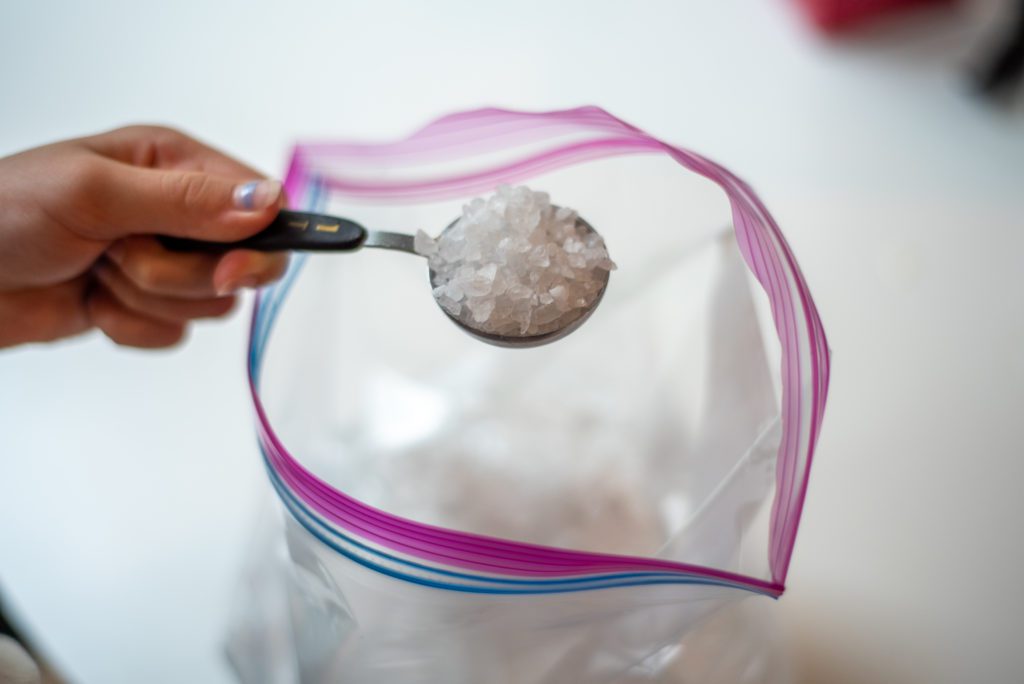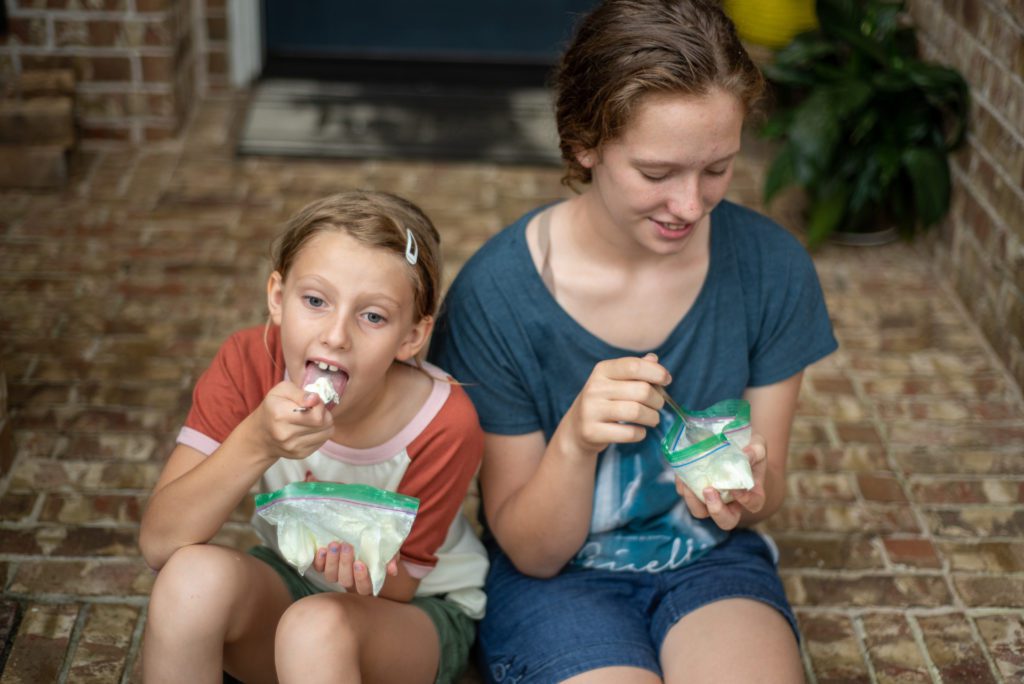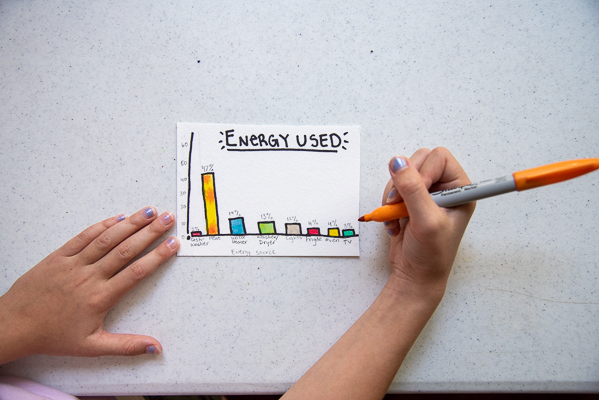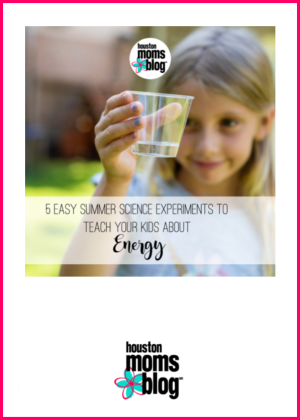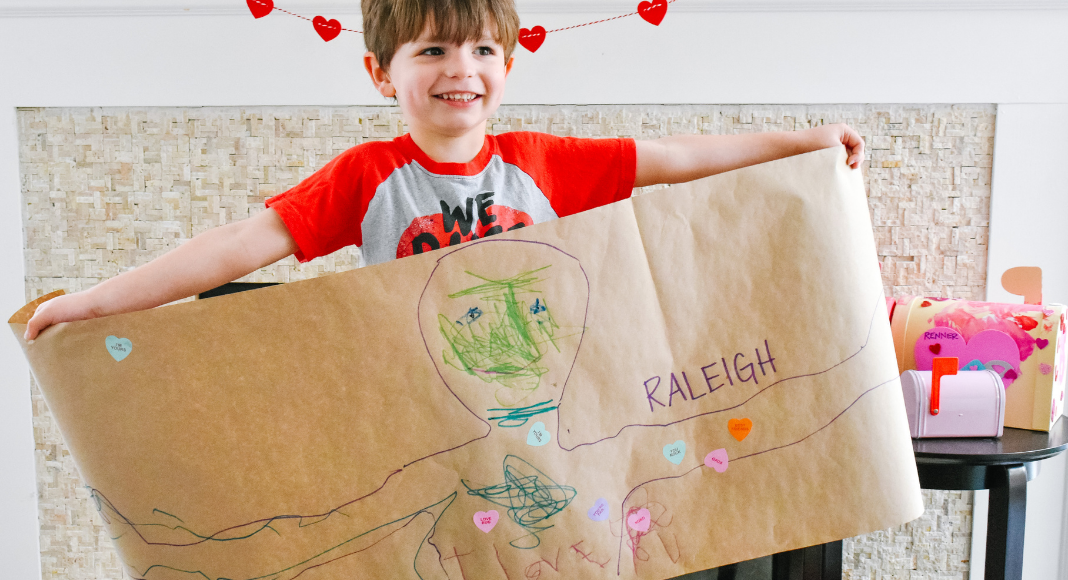Summertime in our house means long days playing inside and out, swimming, playdates, and lots of hanging around the house. For my kids, all that down time at the house equals running in and out of the back door, not caring if it closes behind them, standing in front of the refrigerator yelling,“Mom! Where is the {insert snack that is right in front of her face},” and daily swimming which increases the laundry loads exponentially. Unfortunately, all of this summer fun also means wasted energy.
Fortunately, Reliant wants to help families out this summer. When you sign up for their Truly Free Weekends Plan, you’ll not only not be charged for any electricity on the weekends and have price stability for the next 12 months, but you’ll receive a Google Nest Hub absolutely free. With the Google Nest Hub you can::
- Manage your Reliant account with your voice:: Ask simple questions like “Hey Google, ask Reliant, when does my free weekend start?” You can also use voice commands to pay your electricity bill, track your usage or check your account balance.
- Keep an eye on your energy efficiency:: View a customized snapshot of your weekly electricity use. And get estimates of your expected weekly electricity charges so you can budget better. You can even say “Hey Google, ask Reliant, how much of my electricity is free?”
- Get help at a glance:: With the Google Assistant built-in, you can use your voice to get the best of Google – search, YouTube, photos, calendar, maps and more – right on the Nest Hub display.
- Create personalized routines:: With Voice Match, just say “Hey Google, good morning,” to turn on lights, launch reminders, events and commute status. Say “Hey Google, good night,” to turn down your thermostat, turn off lights and more.
While I know my kids will be all over this new gadget and all it can do, it got me thinking… do my children even know where electricity comes from? I asked my 8 year old. Her reply:: “From the wires outside!” Then I asked my 14 year old and she replied “God!” LOL! Okay, both are good answers, but they definitely needed some clarification! So we had a discussion about power plants and alternative forms of energy. I also decided to look at the Reliant website and see if it had any valuable information and, as it turns out, it has a whole section about how to reduce your electricity bill and save energy! NASA also has some great info and experiments to help kids understand energy use.
As a way to curb summer boredom and also {hopefully} teach a lesson or two, we decided to try some heat and energy related experiments.
Experiment 1:: The Importance of Insulation
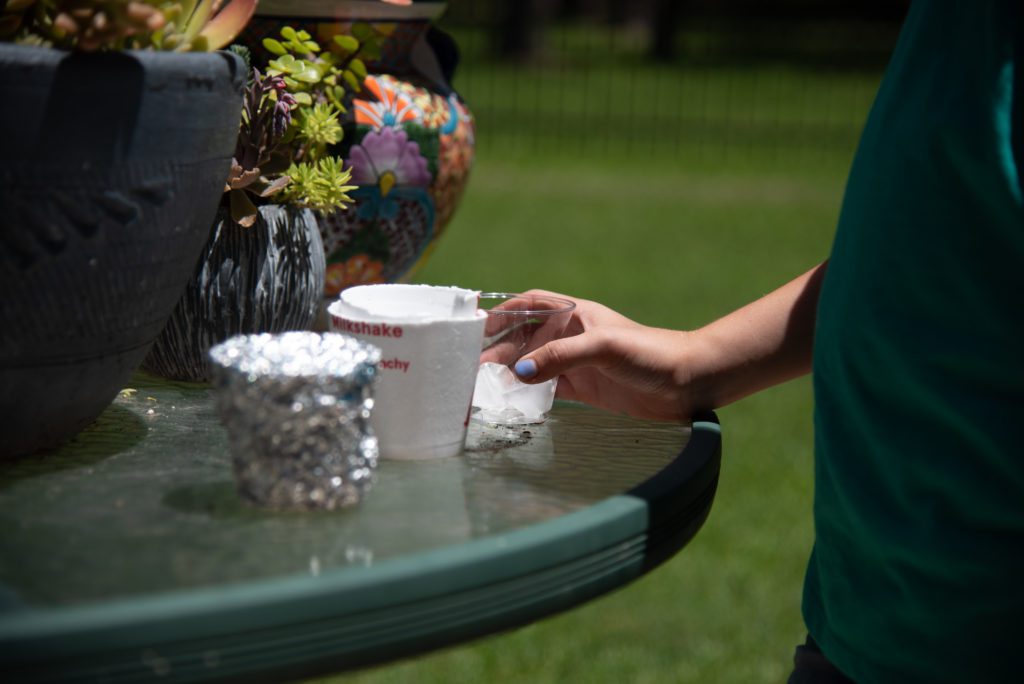 Our first experiment was meant to help the kids understand the benefits of closed doors and insulation. The single greatest energy use in most Houston homes comes from heating and cooling, so our first experiment was to help them be more mindful about energy use and waste!
Our first experiment was meant to help the kids understand the benefits of closed doors and insulation. The single greatest energy use in most Houston homes comes from heating and cooling, so our first experiment was to help them be more mindful about energy use and waste!
What you’ll need::
- 3 Cups
- A styrofoam cup
- Aluminum foil
- Ice cubes
- Food coloring {optional}
We took 3 identical cups and put 2 ice cubes in each cup. {I didn’t do this, but afterwards I though it would be more fun to color the ice} The first cup was the control {so we left it as is}, the second cup we covered entirely with styrofoam, and the third we covered entirely with foil. We set a timer and left them all outside for 20 minutes. I had my daughter guess which would remain the coldest.
In the end, the control was totally melted, the foil covered one was partially melted, and the styrofoam covered one was almost totally frozen.
I explained that the styrofoam acted as an insulator {much like the insulation in our house walls and the refrigerator} and the lid was like a door {which needed to stay shut in order to remain cold on the inside} I think she got the point, but I suppose time will tell.
Experiment 2:: Solar Oven S’mores
Our next experiment was a bit more involved and fun. We made a solar oven to make a delicious snack as well as to demonstrate the power of the sun’s energy.
- A cardboard box with a lid {Like a pizza or shoe box}
- Aluminum foil
- Black construction paper
- Glue
- Tape
- Clear plastic wrap
- Box cutter
To begin, cut a “lid” into the box with a box cutter leaving one side as the flap. Glue the black construction paper to the bottom and glue the aluminum foil to the inside sides and the inside of the lid. Try to keep it smooth. Add your s’mores ingredients inside the box {some put it on a metal plate} and cover the top completely with plastic wrap so that no heat can escape. Now you set your oven in the hot Texas sun and wait! We left ours out for a few hours. The marshmallow never looked “melted” but once we took it out of the oven it was very soft. The chocolate melted completely! If you have the patience to wait for a snack, this is the perfect activity for you! The kids were fascinated with the process and enjoyed their s’mores!
Experiment 3:: The Melted Crayon
This experiment is along the same idea as the solar oven but this time we used our car. The trapped air inside the car becomes hot from the sun but the heat cannot escape {like a greenhouse}. I think this experiment not only showed us the power of the sun’s energy, but it was also a good reminder of how dangerous it can be to stay in a hot car.
- A metal cupcake tin
- Cupcake liners
- Crayons
- A Vehicle
First, we searched through the girls’ crayon box and took out all of the broken or small crayons and put them into cupcake liners inside a metal cupcake tray. We put the tray in the car on the dashboard in the sun and left it there for a few hours. When we came back the crayons were totally melted and the cupcake tin was HOT! We needed oven mitts to get it out! The result was some fun multi colored crayons and a good lesson in heat safety.
Experiment 4:: The Bottle Rocket
We did one last experiment that was less about heat or electricity, but rather about cause and effect. The bottle rocket experiment teaches Newton’s 3rd Law of Motion. The rocket flies high because for every action, there is an equal and opposite reaction. The CO2 gas and liquid push out of the bottom of the rocket, which causes such a force that the rocket flies high!
What you’ll need::
- 2 liter soda bottle
- 3 Pencils {for stability}
- Duct tape
- Cork
- Paper towels
- Baking soda
- Vinegar
To get started, we need to prepare the rocket. Tape the 3 pencils of equal size to the bottle, which will act as “feet”. Pour about 1/2 cup of vinegar into the bottle. Then, make a little sachet of baking soda by wrapping it in a bit of paper towel so that it fits through the top of the bottle. When you are in position for the bottle to launch, drop the sachet of baking soda into the bottle, cork it quickly, turn it onto its “feet”, and stand back! The rocket will launch high and the anticipation is super fun!
The lesson I applied here is that every action causes a reaction. If we carelessly leave doors open or lights on {which is our action} then we are wasting energy. Many of the energy sources we depend on, like coal or natural gas, can’t be replaced – once we use them up, they’re gone for good! Another problem is that most forms of energy can cause pollution. Simply put, wasting energy equals creating more pollution.
Experiment 5:: Homemade Ice Cream
Our final experiment was definitely the most fun and rewarding! We made homemade ice cream with just a few kitchen ingredients and some good old fashioned energy from shaking! It was a total of about 10-15 minutes to our ice cream payoff!
What you’ll need::
- Heavy cream
- Sugar
- Gallon ziplock bags
- Snack sized ziplock bags
- Vanilla extract
- Ice
- Rock salt
Start by mixing the cream, sugar and vanilla in a mixing container. Then fill the gallon bag halfway with ice and mix in 6 tablespoons of rock salt. Pour the cream mixture into the snack sized ziplock bag and seal it tight! Then put the small bag into the larger bag and shake with all your might for about 5 minutes. We used a towel to hold the bags as they get really cold! After your hard work, you’ll have delicious ice cream that you made yourself. Pat yourself on the back for a job well done!
These activities were not only fun but a good reminder to all of us to be more energy conscience while enjoying all that summer has to offer!
More helpful energy saving tips::
- Follow the 4×4 principle. During the summer months, setting your thermostat four degrees higher when you’re away from home for more than four hours can help reduce electricity usage and costs. When your thermostat is set below 78°F, each degree cooler may increase your costs by up to five percent.
- Install a programmable thermostat to save an estimated 10 percent a year on cooling and heating costs. You can schedule it to run only when you are home, so you don’t waste energy cooling an empty space.
- Use blinds, curtains or shades during the summer to reduce solar heat gain by up to 50 percent. Sunlight can increase the demand on your air conditioner by as much as 30 percent.
- For homes with fans and AC, turn your thermostat up a 3-4 degrees and use a ceiling fan counterclockwise to create a wind chill effect for a more comfortable living environment. Also turn off fans when you leave the room. This isn’t recommended for those without AC as it will only circulate hot air.
- Wash large loads – both for dishes and laundry – to cut down on electricity usage. Use cold water for laundry.
- Use microwave, toaster ovens or the stove or grill outside. Using the oven in the heat of summer forces your A/C to work harder, which increases your electricity bill. When you have leftovers, wait until they are room temperature before placing them in the refrigerator.
- Switch out old light bulbs for new LEDs, which use 50 percent less electricity, reduce heat emitted and last at least 10 times longer than traditional incandescent bulbs.
- Check air filters monthly and replace, as necessary. A clean air filter can keep your A/C running at peak condition.
- Schedule an A/C checkup. Just as you wouldn’t take your car out for a long road trip without getting it serviced, you don’t want to operate your A/C system during the long, hot summer without proper maintenance.
- Install a pool pump timer to run early morning or overnight and clean pool filters regularly.
Connect with Reliant
Website | Facebook | Twitter | Instagram









